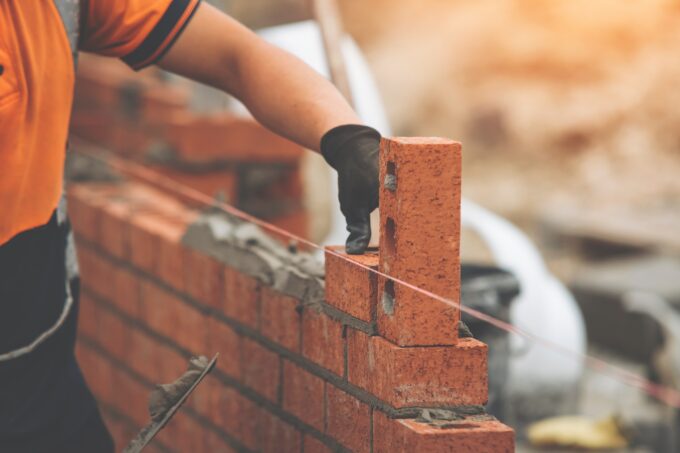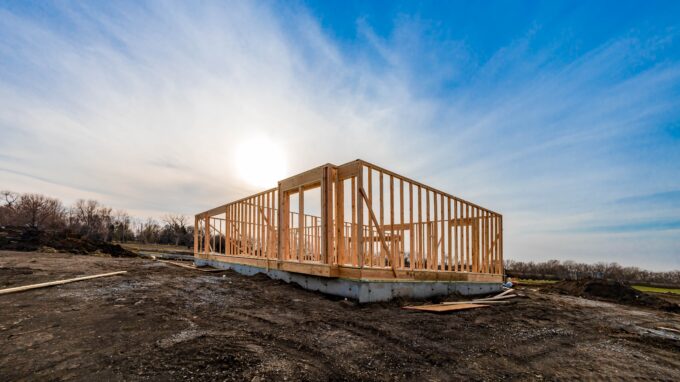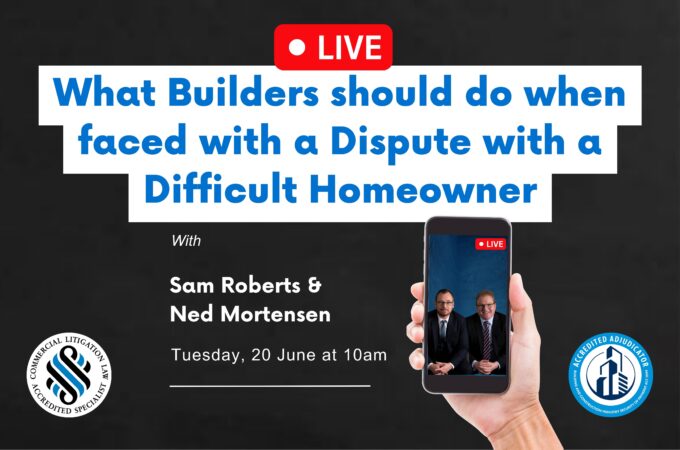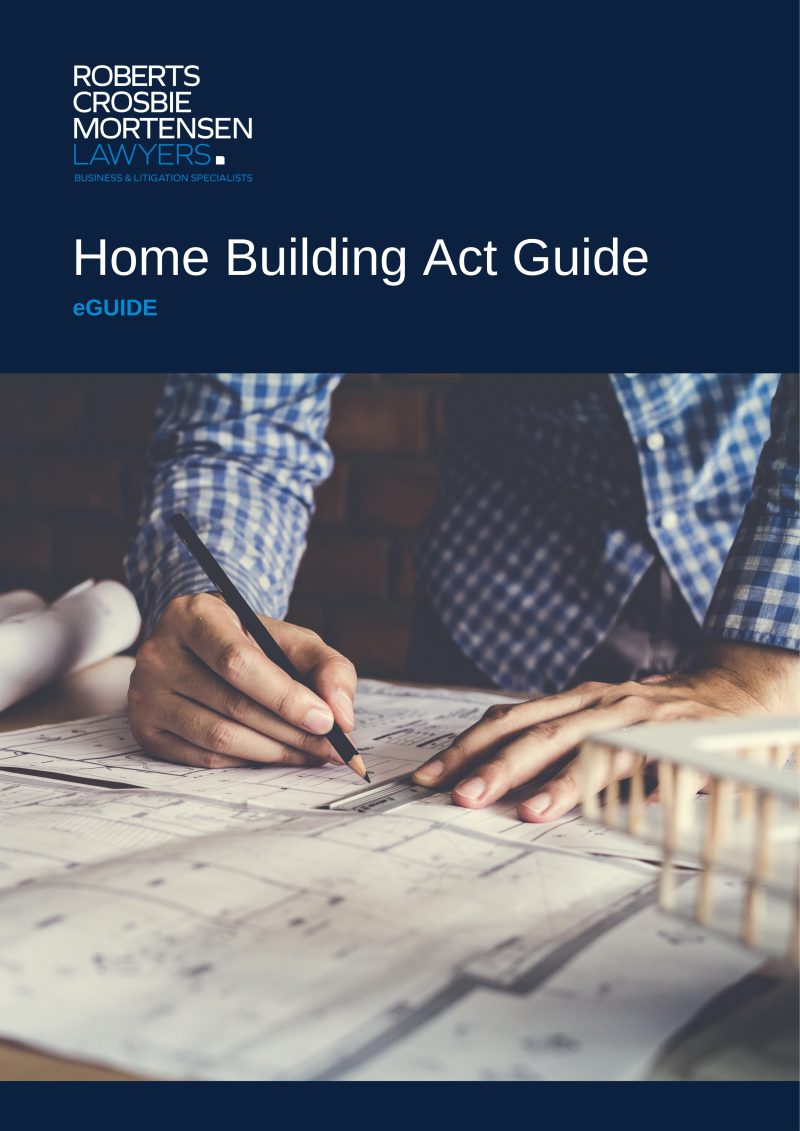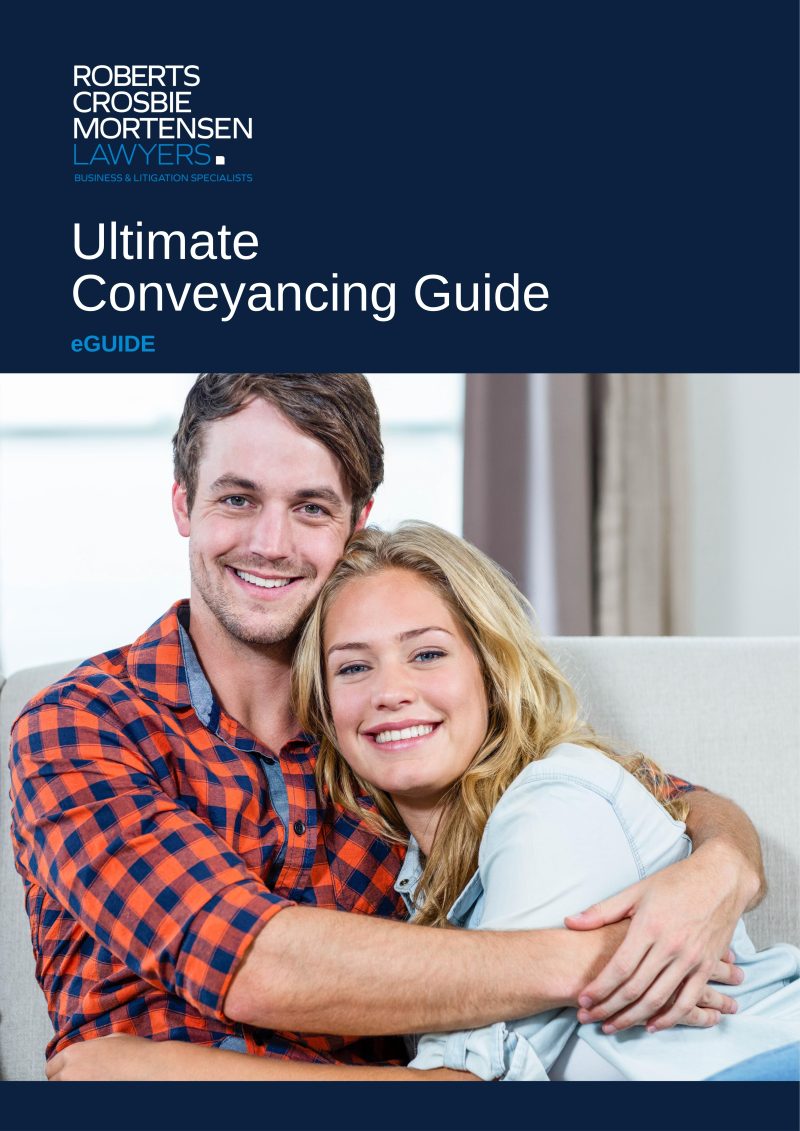In the building industry, disputes over plans and drawings are increasingly common, especially as competition grows and floor plans are more commonly published online.
If you are a builder and you have received a letter of demand alleging you have infringed the copyright in building plans, it’s essential to understand at an early stage your options and to respond strategically.
Why Have You Received a Copyright Infringement Letter?
A letter of demand alleging you have infringed the copyright in building plans typically alleges that you have used, copied, or adapted building plans without the permission of the copyright owner. This may be an allegation of:
- Direct copying: where one builder has had access to, and directly copied, another builder’s plans (or engaged someone to do that on their behalf).
- Derivative works: where one builder has made minor modifications to another builder’s plans, which nevertheless reproduce a “substantial part” of the plans (or engaged someone to do that on their behalf).
- Recreating from memory: where a former employee of a builder has used their knowledge from their employment with the builder to replicate plans (or engaged someone to do that on their behalf).
Such a letter will typically demand that you stop using the plans, provide all copies of the plans in your possession to the party alleging the infringement, and pay damages (or provide an account of profits).
Understanding Copyright Protection for Building Plans
Under the Copyright Act 1968 (Cth) (Act), copyright exists in the expression of ideas – not ideas themselves. For builders, this means copyright exists in drawings, plans, 3D models and the houses ultimately constructed in accordance with them.
Key aspects of copyright protection under the Copyright Act 1968 (Cth) include:
- Automatic protection: No registration is required.
- Exclusive rights: The copyright owner has the exclusive right to reproduce, adapt, or publish the work.
- Duration: Copyright generally lasts for 70 years after the calendar year in which the owner of the work died.
How to Assess the Validity of the Claim
While a letter of demand will assert that you have infringed someone else’s copyright, this may not be the case. Not every claim for copyright infringement is successful, and you may have a defence to such a claim.
You may have a defence to a claim for copyright infringement if:
- You created the design independently: If you independently developed the design without copying from the alleged original, you have not infringed the alleged original author’s copyright.
- Only an insignificant part was used: If only a trivial or non-distinctive part of the original work was reproduced, and the similarities between the plans are minimal, this may not constitute infringement.
- You had permission: If the author of the original plans gave you their permission to use the plans (for example, in a contract), or it should be implied that they did so, that may not amount to infringement.
- The original plans lack originality: Copyright protection is only afforded to original artistic works. If the original building plans are not sufficiently original, it may be that copyright does not exist in them (such that the copying of those plans will not amount to infringement).
Remedies and Legal Consequences
If infringement is established, the copyright owner may seek remedies under the Act including:
- An injunction: an order preventing further use or distribution of the infringing plans and/or preventing the construction of houses in accordance with them.
- Damages or an account of profits: an order for an amount of money to be paid to compensate the author or the original plans for financial loss caused by the infringement, or an order that the infringing party pay to the author of the original plans the profits they have derived from the infringement.
- Delivery up and destruction: An order for the infringing material to be surrendered and/or destroyed.



